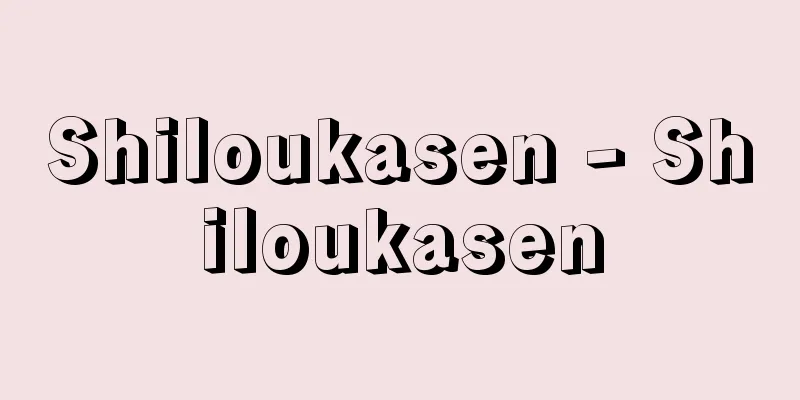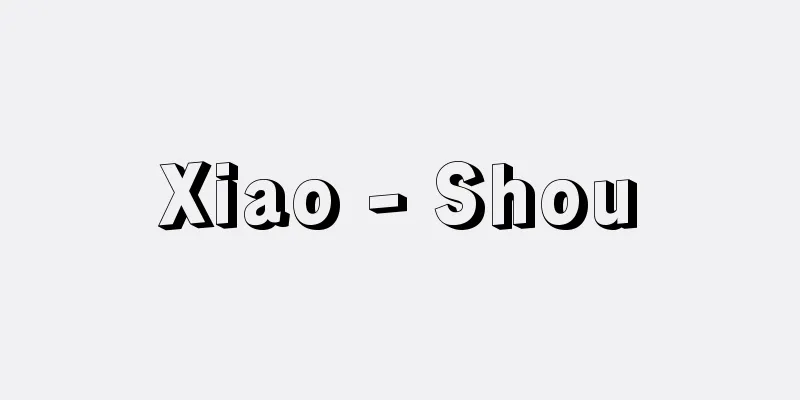Kano Hogai

|
Year of death: November 5, 1888 Year of birth: 1828.2.27 (1828.2.27) A Japanese painter of the Meiji period. Born in Innai, Chofu Domain, Nagato Province (Shimonoseki City, Yamaguchi Prefecture) as the eldest son of Kano Seiko, the domain's official painter. His real name was Kotaro, and later Nobunobu and Masamichi. His other names included Shorin, Korin, and Shokai. He first learned painting from his father, and then studied Zen under the monk Rinryu at the family's temple, Kakuon-ji, where he was greatly influenced spiritually. It is said that the phrase "The pinnacle of Zen is to enter the law and go outside the law (hogai)," which later became the basis for his painting name "Hogai," was also given to him by Rinryu. In 1846 (Koka 3), he went to Edo and became a student of Kano Seisen-in Yoshinobu of the Kobiki-cho Kano family. Yoshinobu died soon after, so he studied under Kano Katsusen-in Masanobu. He became a student of his lifelong friend Hashimoto Gaho on the same day. Around 1849, he took one character from his teacher's title and named himself Katsumi, and around the following year he became head of the school. Around 1862, he took one character from his teacher's name and named himself Masamichi, becoming independent. He became an official painter for the Chofu domain. In 1860, he painted the ceiling of the great hall when the main citadel of Edo Castle was rebuilt. However, towards the end of the Edo period, he was busy with national affairs, and drew survey maps of the Shimonoseki Straits, among other things. After losing his job after the Meiji Restoration, he moved to Tokyo in 1877, and continued to draw sketches for ceramics for export at Seikosha, but around 1889 he was employed by the Shimazu family to create "Inuoumonozu" (A Picture of a Dog Chase). In 1880, he became acquainted with Ernest Fenollosa, and in 1881 he participated in the Kangakai (A Society of Painters) organized by Fenollosa. At the 1st Kangakai Convention in the following year, 1843, his "Reclining Dragon and Arhat" won third prize, and at the 2nd convention in 1844, his "Two Kings (Nio Capture a Demon)" (private collection) won first prize. As a central artist of the convention, he worked closely with Fenollosa to modernize Japanese painting. His representative works were concentrated in the last few years of his life, and at this stage he added his study of Western painting, such as perspective and Western color, to his studies of the Kano school, Muromachi ink painting, and Ming and Qing painting after the Meiji Restoration, and these were brought together in a work that culminated his studies of these fields. In addition to "Acala," "Rocks," and "Landscape in the Mist of Dawn" (all owned by the Tokyo University of the Arts), his elusive work "Avalokitesvara (the Sorrowful Mother)" (owned by the Tokyo University of the Arts) is a monumental work in the first stage of the modernization of Japanese painting. Due to his relationship with Fenollosa, Bigelow, and others, his works are also in the collections of the Boston Museum of Fine Arts, the Philadelphia Museum of Art, and the Freer Museum of Art in the United States. He was also employed by the Drawing Investigation Committee in 1884, by the Drawing Investigation Committee in 1886, and by the Tokyo School of Fine Arts (Tokyo University of the Arts) in 1898, and contributed greatly to the establishment of the art school, but passed away suddenly three months before the school was to open. (Michinobu Sato) Source: Asahi Japanese Historical Biography: Asahi Shimbun Publications Inc. About Asahi Japanese Historical Biography |
|
没年:明治21.11.5(1888) 生年:文政11.1.13(1828.2.27) 明治期の日本画家。長門国長府藩印内(山口県下関市)に,同藩御用絵師狩野晴皐の長男として生まれる。本名幸太郎,のち延信,雅道。別号松隣,皐隣,勝海など。初め父に画技を学び,同家の菩提寺覚苑寺の霖竜和尚に参禅,大きな精神的感化を受ける。のちに「芳崖」の画号のもとになった「禅の極致は法に入りて法の外に出ること(法外)」という言葉も,霖竜から与えられたものという。弘化3(1846)年江戸に出て,木挽町狩野家の狩野晴川院養信に入門。養信がすぐに没したため,狩野勝川院雅信に学ぶ。生涯の友橋本雅邦とは,同日の入門であった。嘉永2(1849)年ごろ,師の号より1字を受けて勝海と号し,翌年ごろ塾頭となる。同5年ごろには師の名から一字を得て雅道と号し独立。長府藩の御用絵師となる。万延1(1860)年,江戸城本丸再建に際し大広間天井画を揮毫。しかし幕末は国事に奔走し,馬関海峡の測量図などを描く。明治維新後失禄,明治10(1877)年上京後も精工社で輸出用陶器の下図を描いたりしたが,12年ごろ「犬追物図」制作のため島津家雇となる。15年にはアーネスト・フェノロサの知遇を得,17年フェノロサが組織した鑑画会に参加。翌18年第1回鑑画会大会で「伏竜羅漢図」が3等賞,19年同第2回「二王ノ図(仁王捉鬼図)」(個人蔵)が1等賞を受賞し,同会の中心作家としてフェノロサと二人三脚で日本画の近代化を進める。 代表作は,この晩年の数年間に集中しており,ここにいたって,狩野派,室町水墨画,維新後の明清画研究に,遠近法や西洋的色彩などの西洋絵画研究が加えられ,それらが集大成された。「不動明王図」「岩石図」「暁霧山水図」(いずれも東京芸大蔵)のほか,絶作「悲母観音図」(東京芸大蔵)は,日本画近代化の第一段階における記念碑的作品ともなっている。フェノロサ,ビゲローらとの関係から,アメリカのボストン美術館,フィラデルフィア美術館,フリア美術館にも作品が収蔵されている。また明治17年図画調査会雇,19年図画取調掛雇,21年東京美術学校(東京芸大)雇となり,美術学校の設立に尽力したが,同校開校の3カ月前に急逝した。 (佐藤道信) 出典 朝日日本歴史人物事典:(株)朝日新聞出版朝日日本歴史人物事典について 情報 |
Recommend
Pale-striped wood moth - Pale-striped wood moth
...The butterbur moth O. scapulalis , whose larva...
Hepatic encephalopathy
…If the tendency to bleed increases, it can ruptu...
Woodworth, RS - Woodworth
... Academic psychology has also shown various de...
Berliner Illustrierte Zeitung (English)
…This growth continued until the beginning of the...
Rancidity
When fats and oils are stored exposed to air, hea...
Poison - poison
A word that refers to poisonous natural substance...
Chichibu belt
It is one of the division names in the Southwest ...
Insulating oil
Oil used for insulation and cooling of oil-filled...
Face position - Gan-i
…This is called vertex or occipital presentation....
Aichigawa River Uprising
...Within Omi, there was a complex web of small t...
Lusaka - Lusaka (English spelling)
The capital of Zambia, southern Africa. It is loc...
strake
...Also, while a typical delta wing has a slight ...
Kawarasugana - Kawarasugana
A perennial plant of the Cyperaceae family (APG c...
Homolytic cleavage
...There are two ways in which this bond can be c...
Stone
〘Noun〙① A mineral fragment or lump. Usually refers...





![Iioka [town] - Iioka](/upload/images/67cae4035621a.webp)



